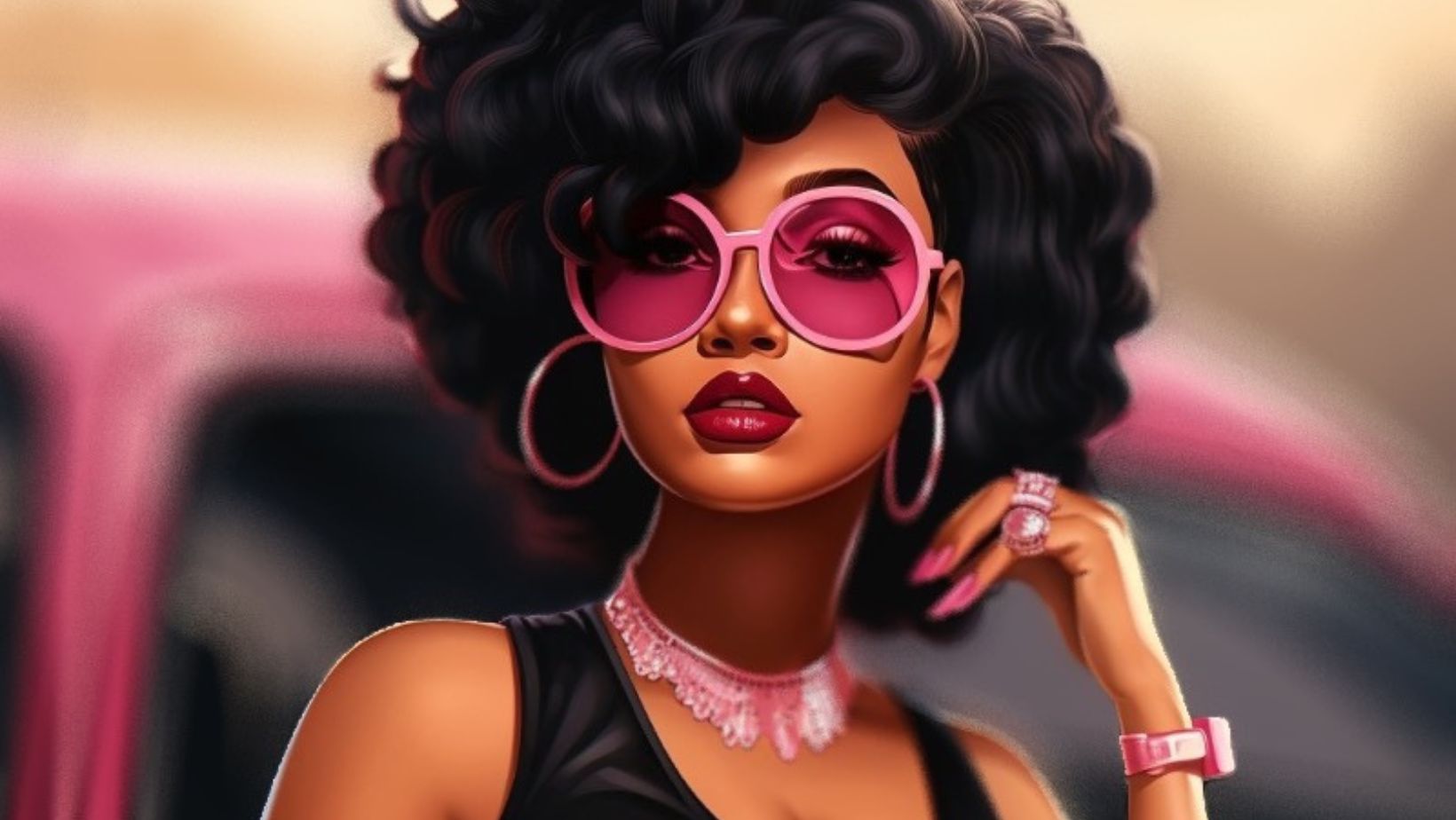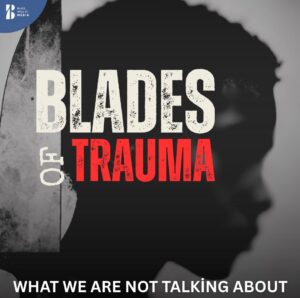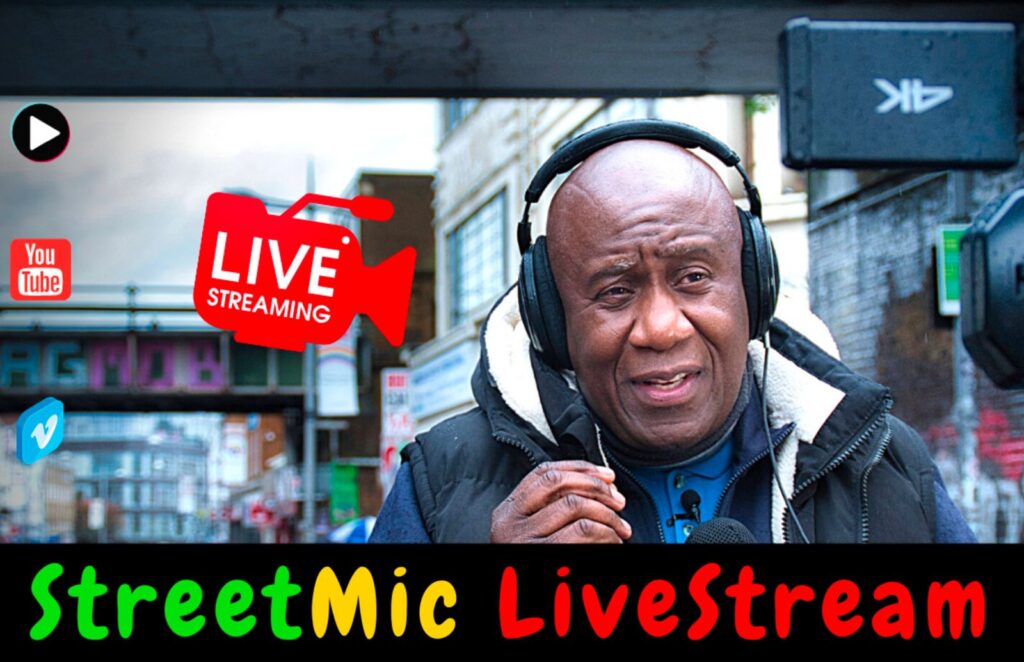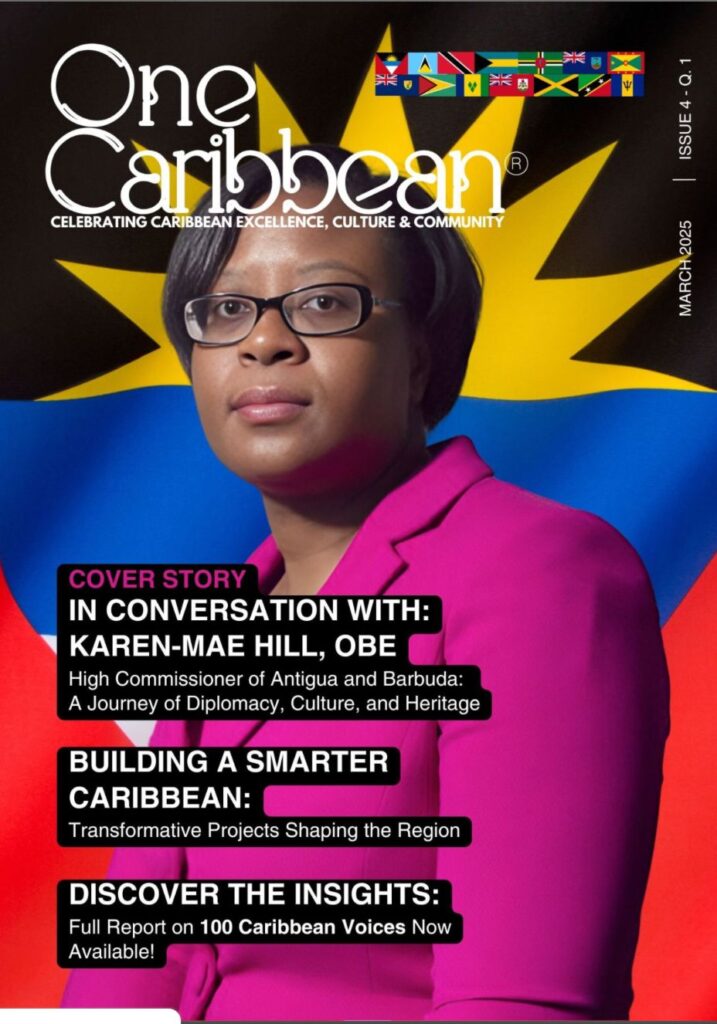FASHION
London sisters fight racism by creating glasses for Black features
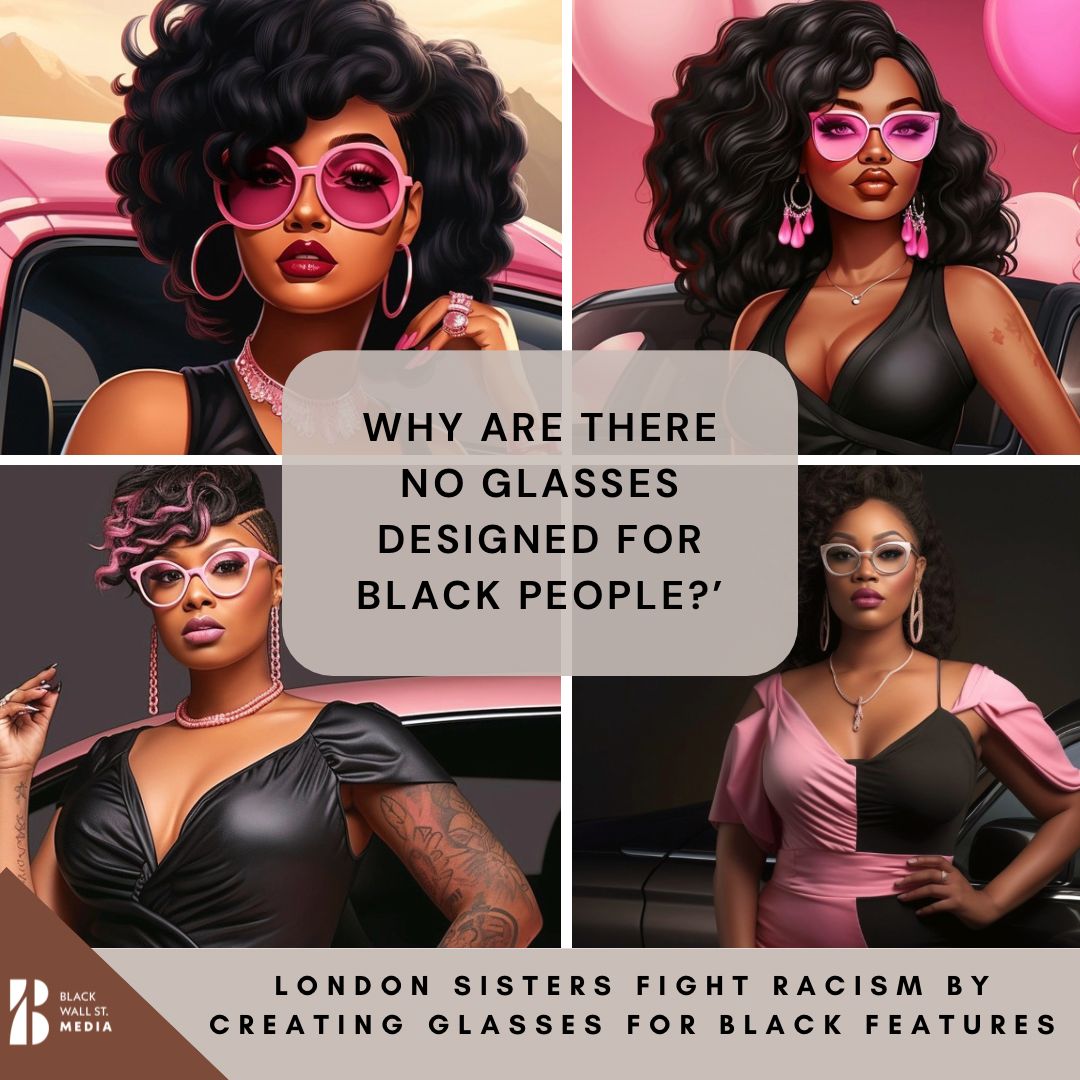
‘Why aren’t there glasses designed for Black people?’
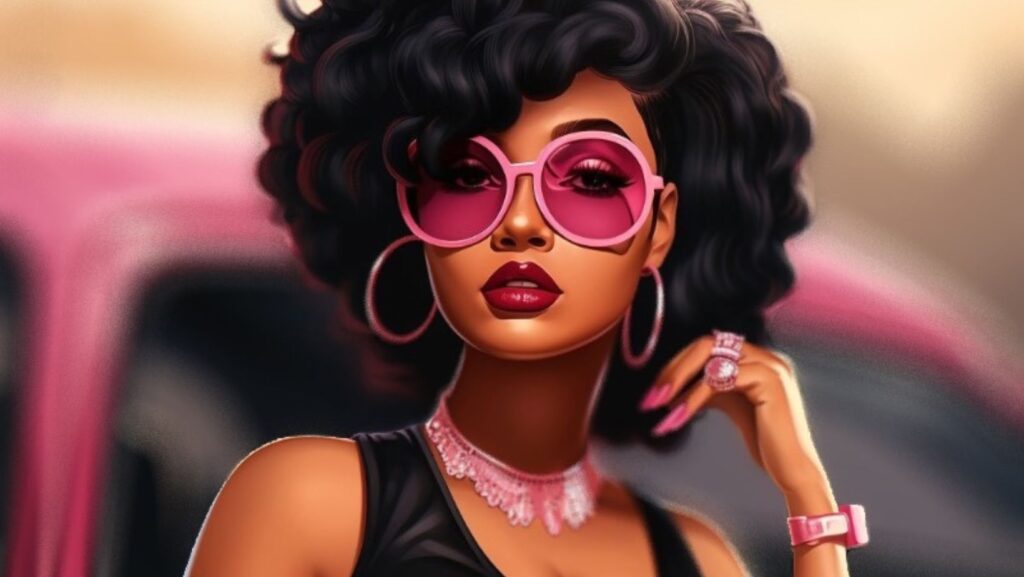
London sisters fight racism by creating glasses for Black features
Upon realizing they had never owned a pair of glasses that fit them properly, sisters Clare and Christina Kimeze took matters into their own hands, creating an eyewear brand tailored specifically for Black facial features.
While watching the TV series Westworld on her West London sofa, Clare Kimeze was struck by how well a pair of glasses complemented the face of African-American actor Jeffrey Wright.
This revelation prompted her to question the entire landscape of eyewear. Discussing this with her sister Christina, who resides in East London, the two reflected on their history of ill-fitting glasses—pairs that slipped down their noses, sat awkwardly on the bridge, or pressed against their cheeks when smiling—and recognized a systemic issue.
“Most eyewear is made for Caucasian facial features or people in East Asia with a low and very narrow bridge,” Clare explained. “The industry has not made anything for people with Black facial features—people with a wider bridge or a very flat bridge.”
In response to this oversight, the Kimeze sisters decided to address the disparity in eyewear options for Black individuals, leading to the establishment of their eyewear company, Kimeze, three years later.
“Most of what’s offered on the high street is designed to a Caucasian facial average, and generally, that’s not a good fit for a lot of people [in the Black community],” Clare expressed, highlighting the industry’s lack of awareness and acceptance of this issue.
Upon delving into the eyewear industry, the sisters discovered that the inadequacy in catering to Black individuals was widely acknowledged but often dismissed as the norm.
To challenge this status quo, they engaged with industry professionals, attended trade shows, and spoke with manufacturers to gain a comprehensive understanding of the problem.
“Some well-known companies within the optical space have started to offer wider bridge fits, but we found that a lot of them are a very crude scale-up of the frame, everything is to a much bigger frame, and that just doesn’t work for a lot of people,” shared Christina.
Clare emphasized the importance of considering the specific needs of individuals with lower, wider nose bridges, requiring nuanced adjustments in acetate nose pads’ position, angle, and depth.
Kimeze’s approach involves modeling glasses on a range of different nose types, ensuring each style is designed to fit a lower, wider bridge more effectively than traditional offerings.
The sisters drew parallels with previous disparities in products like tights, plasters, or makeup, emphasizing that discrimination in glasses manufacture might be subtle but is no less impactful.
They also noted the discrepancy when high street optical brands featuring Black models in advertisements failed to provide glasses that properly fit their facial features.
are said.
”The Kimeze eyewear brand stands as a response to this overlooked need, striving for inclusivity and accurate representation in the eyewear industry.
Black Wall St. MediaContributor

